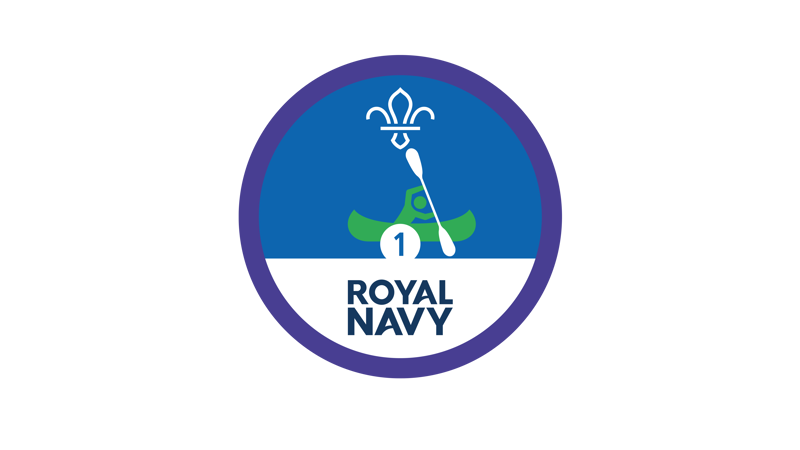
Bell boating
What to expect
Bell boats are really stable crafts, so they’re brilliant to introduce people to water sports. They’re made from two long, narrow, canoe-like boats that are attached together with a platform in the middle.
Bell boats are great for practising teamwork, as they’re paddled by up to 12 people. People use single-bladed paddles to propel the boat through the water.
Handy hints
- All is calm. Bell boats are a great choice for people who are new to paddle sports as they’re stable and unlikely to capsize.
- Something for everyone. There are plenty of roles to play within the boat. The best teams need someone in charge, someone to steer, and plenty of people to paddle.
Safety
You must always:
- Complete a risk assessment
- Have the right ratios of number of adults to provide suitable supervision
- Set up an InTouch process
- Know what to do in an emergency
- Share information with parents and carers with an activity information form
- Get approval from your commissioner
Be safe in water:
Everyone should be able to swim 50 m wearing the clothing or equipment for the activity. Non-swimmers will need additional support.
Water can be dangerous - be aware of the risks.
The category of water depends on how safe the water is. Use our waterways directory to check.
Be sure to manage the group when near water, keeping everyone safe.
Make sure that all equipment is fit for purpose and in good condition:
Everyone must wear a life jacket or buoyancy aid.
The instructor must make sure boats are seaworthy.
There are regulations you must follow if you are hiring a boat.
Be safe outdoors:
- Check the weather forecast
Joint activities with other organisations:
- This activity can be run jointly with Girlguiding.
- This activity can be run with other organisations.
This activity can be led by you or someone else in Scouts:
The activity leader must have an adventurous activities permit with the right level and permissions for your group.
You don't need a permit for activities on Class C waters (safe, inland water less than 100 m wide).
Where the group is entirely members over the age of 18 the permit scheme does not apply, please follow the rule 9.8 adult groups.
You can go to a centre or use an activity leader who is not part of Scouting:
You must find a suitable provider who meets the following requirements:- The centre/instructor should hold one of these: (If the provider is AALA exempt)
- British Canoeing - Bell Boat Helm
The provider must have public liability insurance.
Guidance
Reflection
Bell boating needs people to be team players. Did people find there were different roles to take on? Did some people prefer certain roles? For example, some people may have enjoyed being a leader while others preferred to get on with the paddling. Did people have to communicate within their team to keep the boat moving (in the right direction)?
Bell boating’s also a fun way to get active, and it’s a great introduction to water sports. Why is it useful to have introductions to ways to be active? It can be useful to help anyone feeling nervous or scared, but it can also help everyone practise aspects of their technique that they can use in different adventures. What active skills did people learn in this activity? People might think about working in a team, or how to paddle more efficiently. What other adventures may need these skills? Can anyone think of another adventure that can be adapted to act as an introduction so more people can get involved?
Bell boating can often be adapted so more people can give it a go. Many outdoor centres have facilities that cater for people with additional needs and experienced instructors to help everyone achieve their goals. Get in touch with your local provider to chat through the needs of people in your group – make sure you give them plenty of notice.
All Scout activities should be inclusive and accessible.

Beavers My Adventure Challenge Award
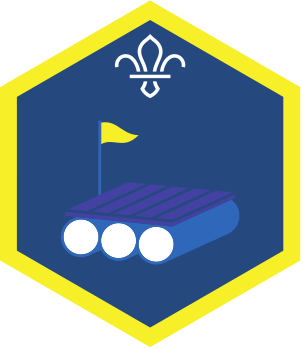
Cubs Our Adventure Challenge Award
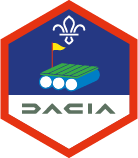
Scouts Adventure Challenge Award
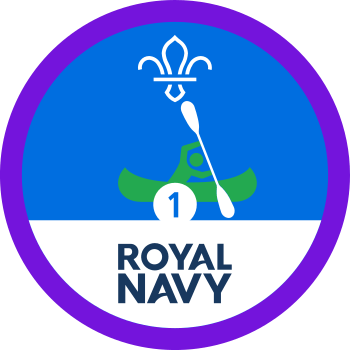
Time on the Water 1

Time on the Water 2

Time on the Water 5

Time on the Water 10

Time on the Water 15

Time on the Water 20

Time on the Water 35

Time on the Water 50
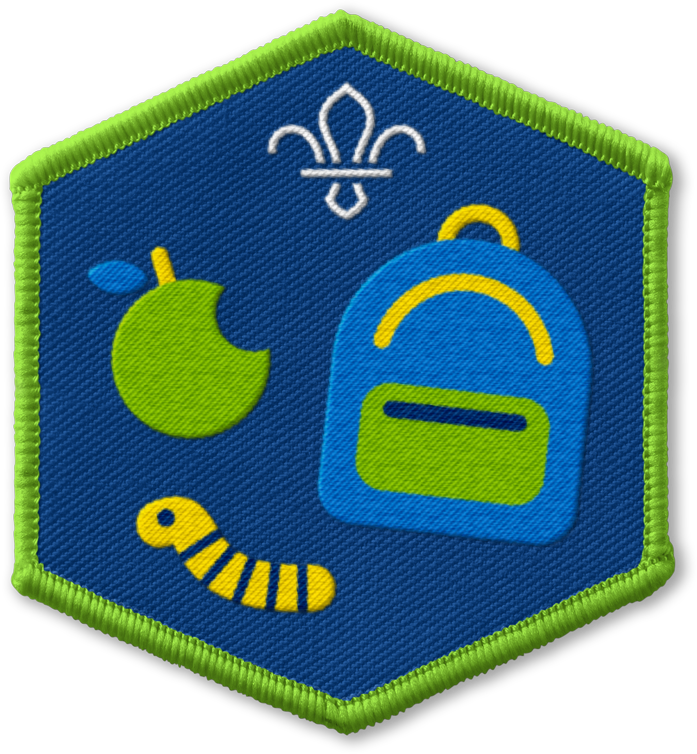
Squirrels All About Adventure Challenge Award
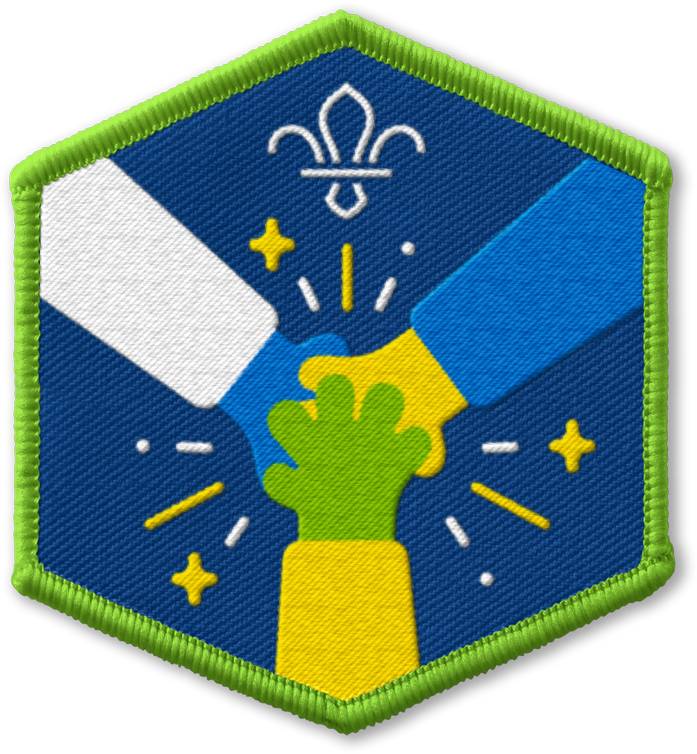
Squirrels All Together Challenge Award

Beavers Teamwork Challenge Award

Cubs Teamwork Challenge Award
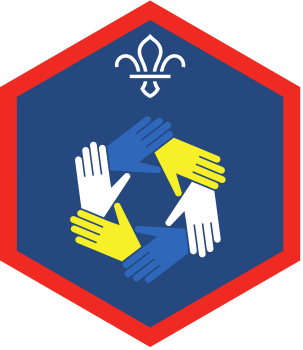
Scouts Teamwork Challenge Award
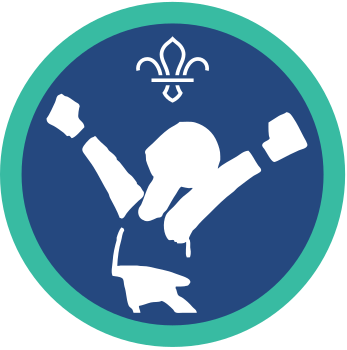
Explorers Physical Recreation Activity Badge
Bell boating is a great way to try water sports and practise teamwork. Anyone who enjoyed this adventure may want to try canoeing, kayaking, or dragon boating.